In today’s business landscape, effectively managing employee performance is crucial for success. Employee Performance Management (EPM) Systems are essential tools that help companies monitor, evaluate, and enhance staff performance. This article explores in detail what an EPM system is, its benefits, relevant statistics, strategies for effective implementation, and best practices for optimizing business performance.
What is an Employee Performance Management System?
An Employee Performance Management (EPM) System is a software solution designed to monitor and improve employee performance. These systems provide a centralized platform to set goals, provide feedback, assess performance, and identify areas for improvement. EPM facilitates transparent communication between employees and managers, promoting a company culture focused on continuous improvement and professional growth.
Benefits of EPM Systems
- Enhanced Transparency: An EPM system provides clear visibility into employee performance, enabling fair and objective evaluations.
- Continuous Feedback: Employees receive regular feedback, helping them understand their strengths and areas for improvement.
- Goal Alignment: EPM helps ensure that individual goals align with company objectives, improving cohesion and collaboration.
- Skill Development: By identifying areas for improvement, EPM systems allow for the design of targeted training programs.
- Increased Motivation: When employees see their efforts recognized, their motivation and engagement increase.
- Informed Decision-Making: Data collected from EPM systems provide valuable insights that can guide strategic company decisions.
Performance Management Statistics
- Productivity Increase: According to a Gallup study, companies with well-implemented performance management systems are 21% more likely to have above-average productivity.
- Employee Satisfaction: A SHRM survey found that 70% of employees are more satisfied when they receive regular and constructive feedback.
- Employee Retention: Companies using EPM systems experience a 14% reduction in employee turnover, according to Deloitte research.
Strategy for Implementing an EPM System
- Define Objectives: Clearly identify company objectives and ensure they are communicated at all levels.
- Select the Software: Choose an EPM system that fits the specific needs of the company and offers scalable features.
- Training and Support: Provide adequate training for employees and managers on how to use the system and the benefits it brings.
- Monitoring and Feedback: Implement a continuous cycle of monitoring and feedback to ensure the system functions as intended.
- Evaluation and Updates: Regularly assess the system’s effectiveness and make updates and improvements based on feedback.
Best Practices for Optimizing Performance
- SMART Goals: Ensure that goals are Specific, Measurable, Achievable, Realistic, and Time-bound.
- Two-Way Feedback: Encourage a flow of feedback where employees can also express their opinions.
- Recognition of Success: Implement a recognition system that rewards successes and good performance.
- Individual Development Plans: Create personalized development plans for each employee based on their needs and career goals.
- Data Utilization: Analyze the data collected to identify trends, make forecasts, and make informed decisions.
Best Software for Performance Management
- SAP SuccessFactors: Offers a comprehensive suite for performance management, including continuous feedback, competency assessment, and talent development.
- Workday: Known for its ease of use, Workday integrates performance management with HR and financial analytics.
- BambooHR: Ideal for small and medium-sized businesses, offering simple yet powerful tools for performance evaluation and continuous feedback.
- Zoho People: An affordable solution with complete performance management features, including SMART goals and 360° feedback.
- Kronos Workforce Ready: A robust system that integrates performance management with workforce planning and time management.
Courses for Learning to Use EPM Software
- Coursera: Offers courses on platforms like SAP SuccessFactors and Workday.
- LinkedIn Learning: Provides courses on BambooHR and Zoho People.
- Udemy: Offers a variety of courses on employee performance management and the use of EPM software.
- Skillshare: Includes practical courses and tutorials on different EPM tools.
Performance Management Services
- Personalized Consulting: Companies like Deloitte and Accenture offer consulting services to implement and optimize EPM systems.
- HR Outsourcing: HR service providers like ADP offer comprehensive solutions that include performance management.
- Technical Support: Many EPM software providers offer technical support and continuous training services.
Conclusion
Employee Performance Management Systems are invaluable resources for companies looking to improve staff performance and gain a competitive edge. Implementing an effective EPM system requires a well-defined strategy, adequate training, and a commitment to continuous improvement. With the right tools and approaches, companies can transform how they manage performance, fostering a culture of excellence and continuous growth.







